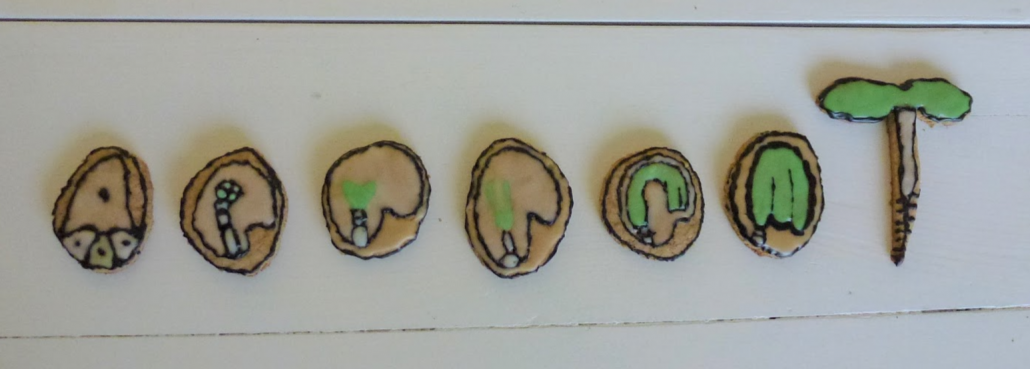Science Gingerbread competition
We at Crastina feel that gingerbread have a great, but largely unutilized potential as a science communication medium. Now we can change that together: let’s have a Science Gingerbread competition!
So, here is your assignment:
- Cut and decorate your gingerbread cookies to illustrate a scientific phenomenon or process.
- Send us a photo with a short description for a chance to win nerd internet glory and ebook prizes.
(More details below!)
If gingerbread cookies aren’t yet your favourite thing about the holiday season, they are about to become – after you science them up a little. Gingerbread dough can be cut in various shapes (traditionally Christmas-related), but by using a knife you can make your cookies whatever shape you want. Regarding decoration: we found that simple icing, made of icing sugar and lemon juice, stained with food colouring makes pretty good paint.
As for topics: all science topics are welcome, at all levels. Think of that awesome scientific phenomenon, your dissertation topic or your favourite science news of 2016!
If you’re wondering how to fit a scientific phenomenon on a gingerbread – you’re welcome to use multiple cookies for your creation. In the spirit of gingerbread houses we also encourage 3D gingerbread structures!
Here’s what I did with help of my talented friends, who are also my work colleagues. We study plant reproduction, therefore I thought that it would be fun to do some seed development gingerbread cookies.

Seed development #gingerbreadscience. The ovule (part of the flower containing female reproductive cells) contains a fertilized egg. Initial cell divisions establish embryo polarity, i.e. where the shoot and root will be, later the cotyledons (embryonic leaves) become visible. The embryo grows, supported by nutrients in the surrounding endosperm tissue. The development of the embryo is arrested inside the seed until external conditions enable germination and growth of a new plant.
Now it’s your turn!
Bake your cookies and decorate with edible materials to illustrate your favourite science topic.
Send us a photo of your creation together with a short description (max. 500 characters) to
olle@bergman.com until 13th of January 2017.
As we’ll receive your submissions we will display the photos with descriptions in an album on our facebook profile www.facebook.com/scientiacrastina. The winners will be announced in Junuary 2017. We hope that you will have as much fun as we did making your #gingerbreadscience and that your creations inspire many conversations about science near and far this holiday season.
- A handful of podcast recommendations from the Crastina crew - September 12, 2020
- A handful of podcast recommendations from the Crastina crew - August 8, 2020
- Dr Marek Skupinski – visual artist and scientific illustrator - May 6, 2020
- Let’s have a productive conversation about GMO – but first, stop saying “GMO”! - September 23, 2019
- The song of plankton – “visualizing” big data as music - April 9, 2018
- Darwin Day celebrated to promote public understanding of evolution - February 12, 2018
- Crastina Column, Sep–Oct 2017: Can a simple card game help us see things from ”the other’s” point of view? - September 19, 2017
- Talking science from the top of a soap box - February 13, 2017
- Science Gingerbread competition - December 13, 2016
- Dance your PhD – 2016 edition open for registration - September 14, 2016





Leave a Reply
Want to join the discussion?Feel free to contribute!